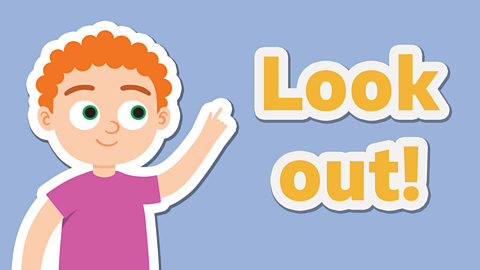What is a prediction?
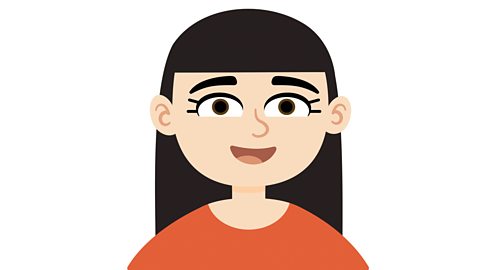
As we read, we naturally make predictions (guesses) about things like what is going to happen next or what does this word mean.
We use clues in what we have already read to make these predictions. These clues are called context.

Watch: Prediction
In this Teacher Talk, Mrs Shaukat demonstrates how context can help you make predictions about what you read. Watch, listen carefully and join in with the activities.
Learn about how to use context to make predictions about what you read.
How do you make predictions?
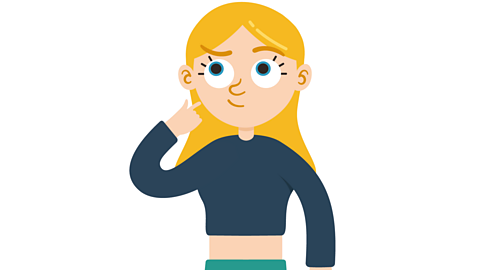
When you are making predictions about a story, think about the characters, the setting and the plot.
Ask yourself questions like:
- What is happening?
- Why did he do that?
- Will that be important later in the plot?
- I wonder why that has happened now?


Top tip!
A prediction isnât what you want to happen next, itâs what you think will happen next, based on the story.
Stay true to what you know and donât let your imagination run away with you!

Activity 1
Read the extracts in the âUnfamiliar wordsâ worksheet. They use some very unusual vocabulary that you probably donât know.
Use clues from the context to predict what the words in bold mean.
Write out your predictions in full sentences.
You can check your answers using this
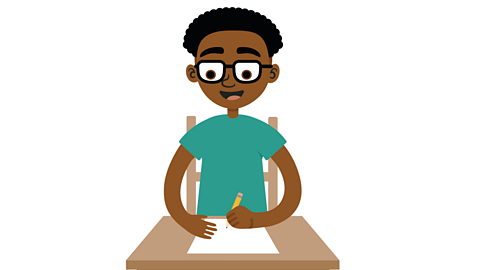
Activity 2
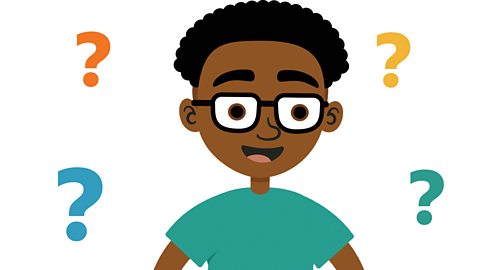
Choose one of the extracts from Activity 1.
Write the next three sentences of the story, using the context to predict what might happen next.
Remember, look at the other sentences in the extract for clues about what might happen and make sure your prediction seems realistic for that story.

Activity 3
Watch this video and follow the story closely. You could turn on the subtitles and read along.
It tells the first part of a legend called Sir Gawain and the Green Knight which is set in Camelot at Christmas. King Arthur and his court are celebrating, but the festivities are about to be interruptedâŠ
Pause the video at 3 minutes and 10 seconds in.
Watch this video on Sir Gawain and the Green Knight.
When youâve paused the video, answer the question below.
What do you think will happen next?
Write down your prediction.
Activity 4
Now watch to the end of the Sir Gawain and the Green Knight clip.
What do you think will happen next?
Continue the story by writing the next paragraph (about 8 to 10 sentences).
Think about the title of this legend. Who is Sir Gawain and why havenât we met him yet?
You could watch episode two to find out if your prediction was correct!
Play our fun English game Crystal Explorers. gamePlay our fun English game Crystal Explorers
Use grammar, punctuation and spelling skills to explore jungles, caves and tombs on your mission!

More on Comprehension
Find out more by working through a topic
- count1 of 11
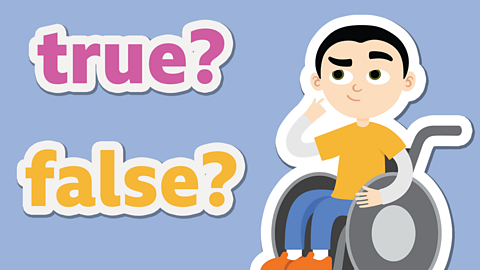
- count2 of 11

- count3 of 11
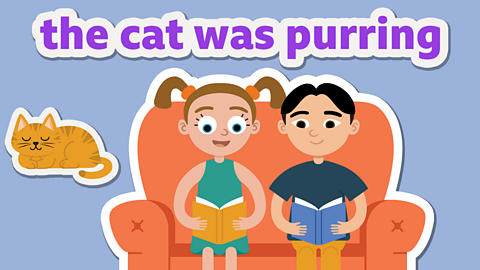
- count4 of 11
